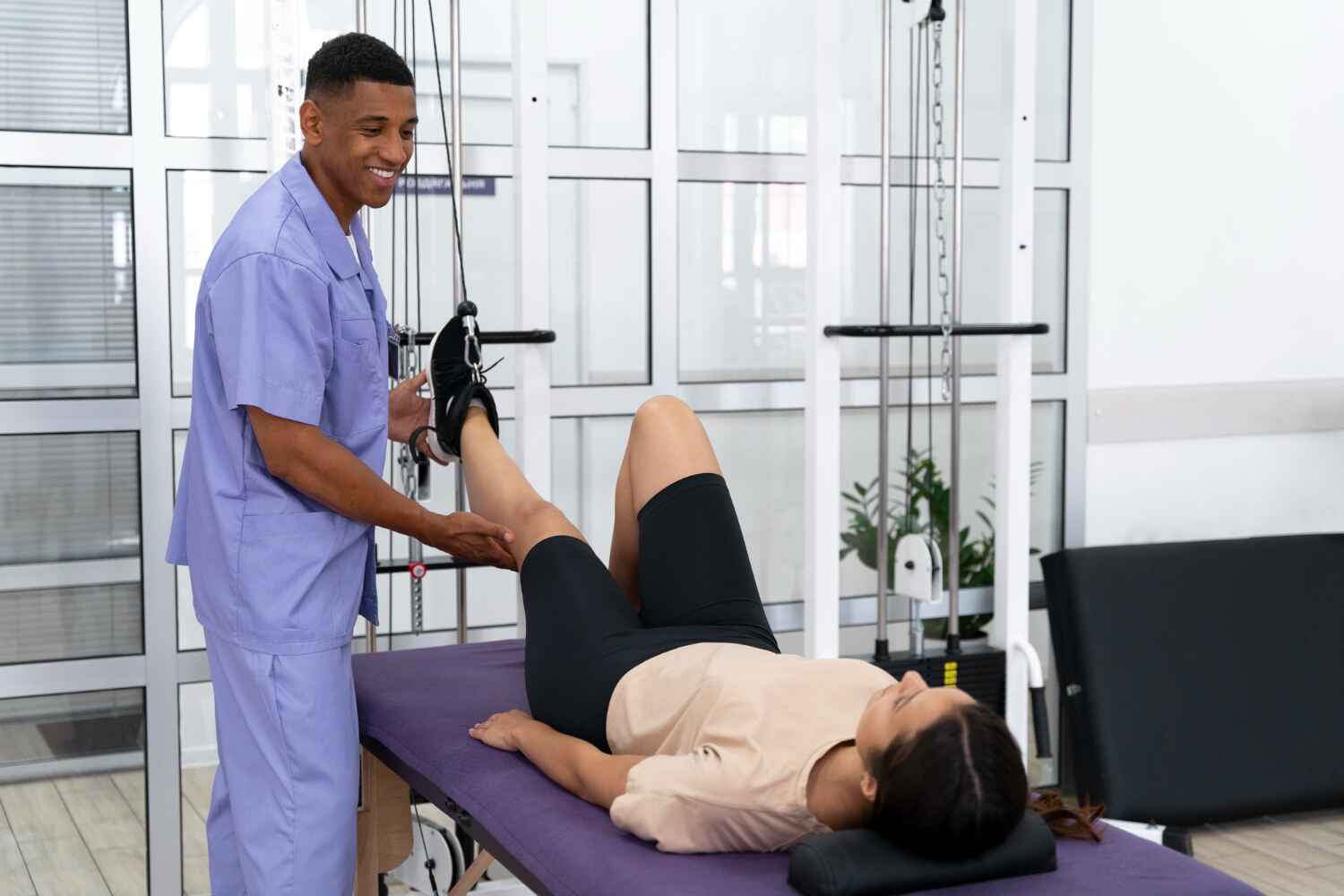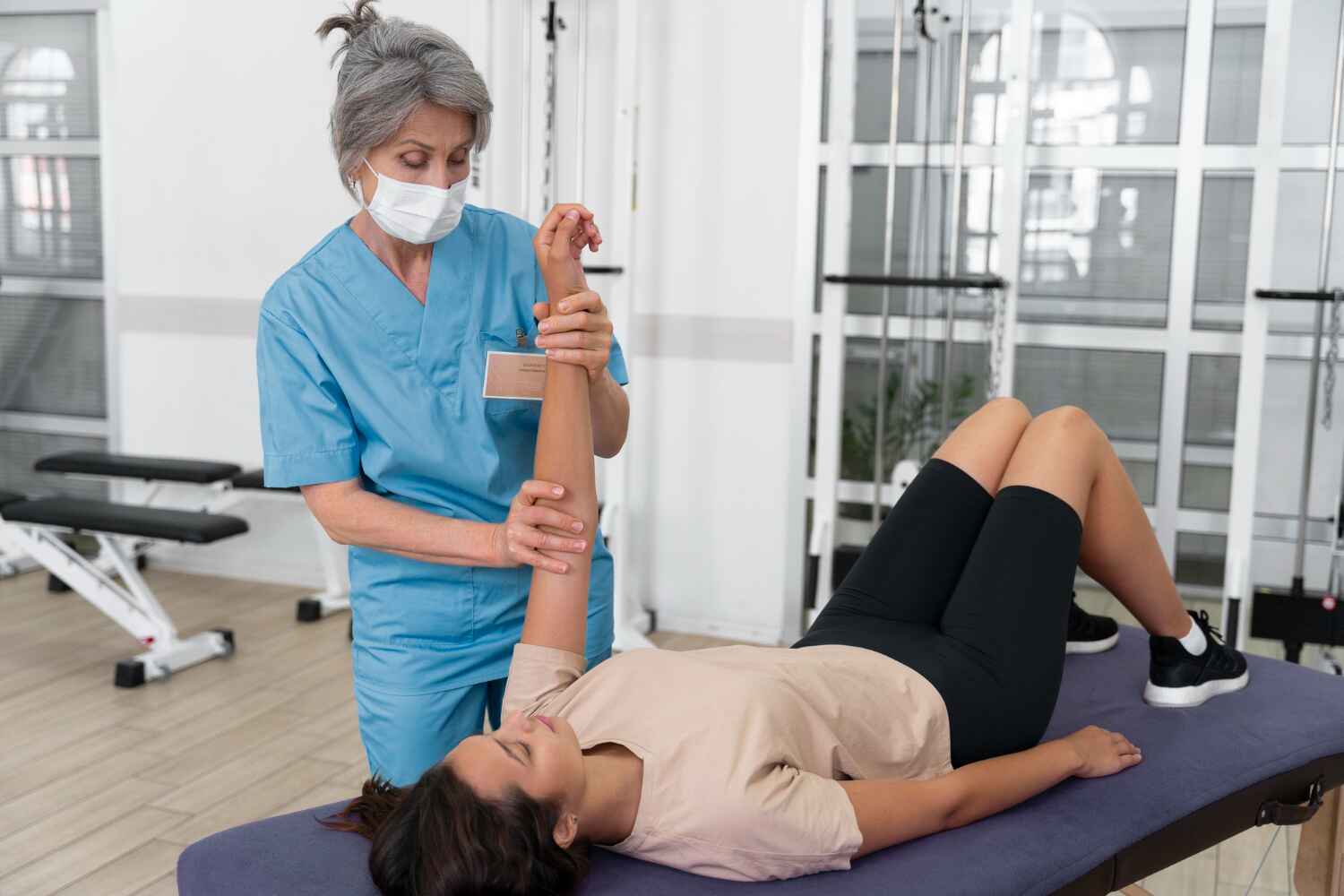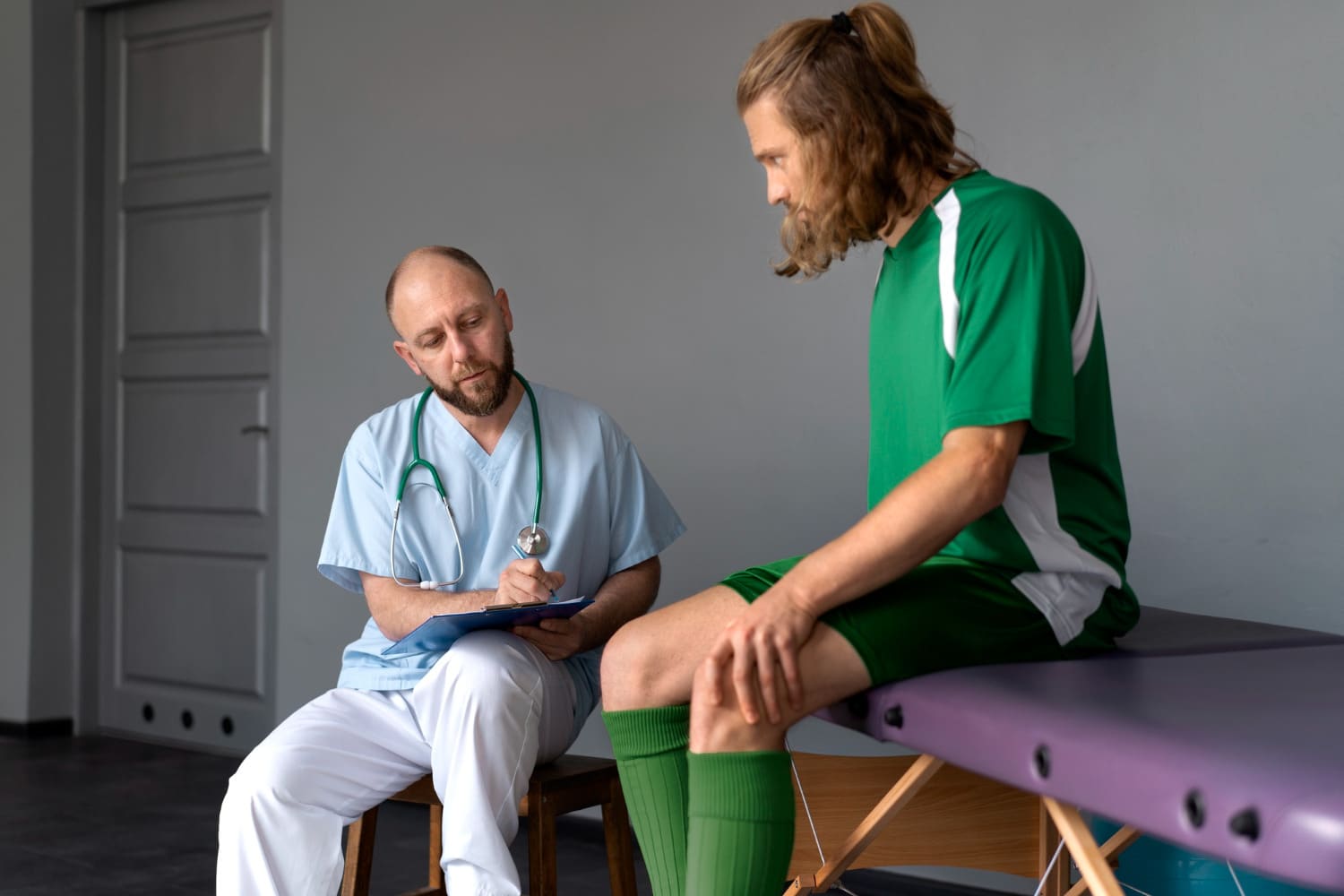Physical therapy plays a crucial role in the treatment and management of various foot conditions, including Charcot’s foot. This article will explore the benefits of physical therapy for Charcot foot treatment, exploring how it aids in recovery, improves mobility, and enhances the overall quality of life.
Understanding Charcot Foot
Charcot foot, also known as Charcot arthropathy, is a severe condition that affects individuals with neuropathy and is often associated with diabetes. It is characterized by progressive degeneration of the bones and joints in the foot, leading to deformity, instability, and potential disability if not managed effectively.
The critical challenge in treating Charcot’s foot lies in its complexity and the need for a multidisciplinary approach. While medical interventions such as immobilization, offloading devices, and surgical procedures are essential, physical therapy plays a pivotal role in the holistic management of this condition.
Symptoms
- Common symptoms of Charcot foot include swelling or redness of the foot or ankle, a feeling of warmth at the point of injury, a deep aching feeling, and deformation of the foot. If you or someone you know is experiencing these symptoms, seeking medical attention as soon as possible is important.
- Skin feeling warmer at the point of injury.
- A deep aching feeling.
- Deformation of the foot.
Causes
- Alcohol or drug abuse.
- An infection.
- Spinal cord injury or disease.
- Parkinson’s disease.
- HIV.
- Syphilis.
There’s no specific cause for Charcot’s foot. Some things can trigger it:
- A sprain or broken bone that doesn’t get treatment quickly
- A sore on your foot that doesn’t heal
- An infection
- Trauma
- Foot surgery that heals slowly
The Role of Physical Therapy
- One of the primary goals of physical therapy in Charcot foot treatment is to enhance mobility. Physical therapists achieve this by designing customized exercise programs focusing on motion, strengthening, and balance training. These exercises prevent muscle atrophy, improve joint flexibility, and restore functional mobility, allowing you to perform your daily activities more easily and confidently.
- Pain Management: Charcot foot can be accompanied by significant pain and discomfort. Physical therapists employ various techniques such as manual therapy, modalities like ultrasound or electrical stimulation, and therapeutic exercises to alleviate pain, reduce inflammation, and promote healing.
- Joint Stability and Alignment: Charcot foot often leads to joint instability and deformity. Physical therapists utilize specialized techniques to improve joint stability, correct alignment issues, and prevent further progression of deformities. This may involve using orthotic devices, braces, or assistive equipment to support the foot and promote proper gait mechanics.
- Education and Self-Management: Another vital aspect of physical therapy is patient education. Therapists educate individuals with Charcot foot about their condition, proper foot care techniques, the importance of footwear, and strategies to prevent complications such as ulcers or fractures. Empowering patients with knowledge enables them to actively participate in their treatment and adopt lifestyle modifications that promote foot health.
- Functional Rehabilitation: Physical therapy focuses on treating the immediate symptoms of Charcot foot and long-term functional rehabilitation. Therapists work with patients to regain independence in daily activities, improve balance and coordination, and gradually reintegrate into work or recreational activities while minimizing the risk of injury or reoccurrence.
Benefits of Physical Therapy for Charcot Foot Treatment
- Early Intervention and Prevention: Timely initiation of physical therapy interventions in Charcot foot can help prevent or minimize complications such as severe deformities, fractures, or joint dislocations. By addressing issues early, therapists can guide patients toward better outcomes and reduce long-term disability.
- Physical therapy for Charcot Foot is not a one-size-fits-all approach. Each individual presents unique challenges and requirements. That’s why physical therapists conduct thorough assessments to understand the patient’s needs and goals, tailoring treatment plans accordingly. This personalized approach ensures that your therapy is designed specifically for you, maximizing its effectiveness and optimizing your outcomes.
- Comprehensive Care: Physical therapy is integral to the comprehensive care team managing Charcot foot. By collaborating with podiatrists, orthopedic surgeons, endocrinologists, and other healthcare professionals, we create a supportive team that ensures a coordinated approach to treatment, addressing various aspects such as medical management, surgical interventions, and rehabilitation. This collaborative approach not only enhances the effectiveness of the treatment but also makes healthcare professionals feel valued and integral to the treatment process.
- Physical therapy is not just about immediate symptom relief; it’s about long-term management and preventing complications. For individuals with Charcot foot, physical therapy provides strategies for long-term maintenance, including periodic evaluations, adjustments to treatment plans based on progress or changes in condition, and education on self-management techniques to promote foot health and prevent complications. By incorporating physical therapy into your long-term management plan, you can take control of your health and minimize the risk of future complications. It’s a sustainable solution that empowers you to manage your condition effectively.
The Road Ahead: A Collaborative Journey
In Charcot Foot treatment, physical therapy isn’t just a support act; it’s a starring role in the cast of characters. It’s the driving force behind improved mobility, pain management, and functional prowess. By weaving physical therapy into the treatment tapestry, individuals can chart a course toward regained functionality, enhanced quality of life, and a minimized risk of complications, with the confidence that physical therapy is a proven and effective treatment approach. This reassurance can give individuals with Charcot foot, caregivers, and healthcare professionals a sense of confidence and hope for the future.
Are you or someone you know grappling with the challenges of Charcot Foot? Take that crucial first step towards a brighter future by inviting physical therapy into your treatment ensemble. Reach out today to schedule a consultation with Ortho Miami and embark on a personalized journey toward healing and recovery. Let’s lace up our shoes, incorporate the strength of physical therapy into our Charcot Foot treatment playbook, and stride towards a healthier, more vibrant tomorrow – together. Don’t just take our word for it; hear from our patients who have experienced the benefits of physical therapy in their Charcot foot treatment. contact our specialists today at 786-746-8060.


